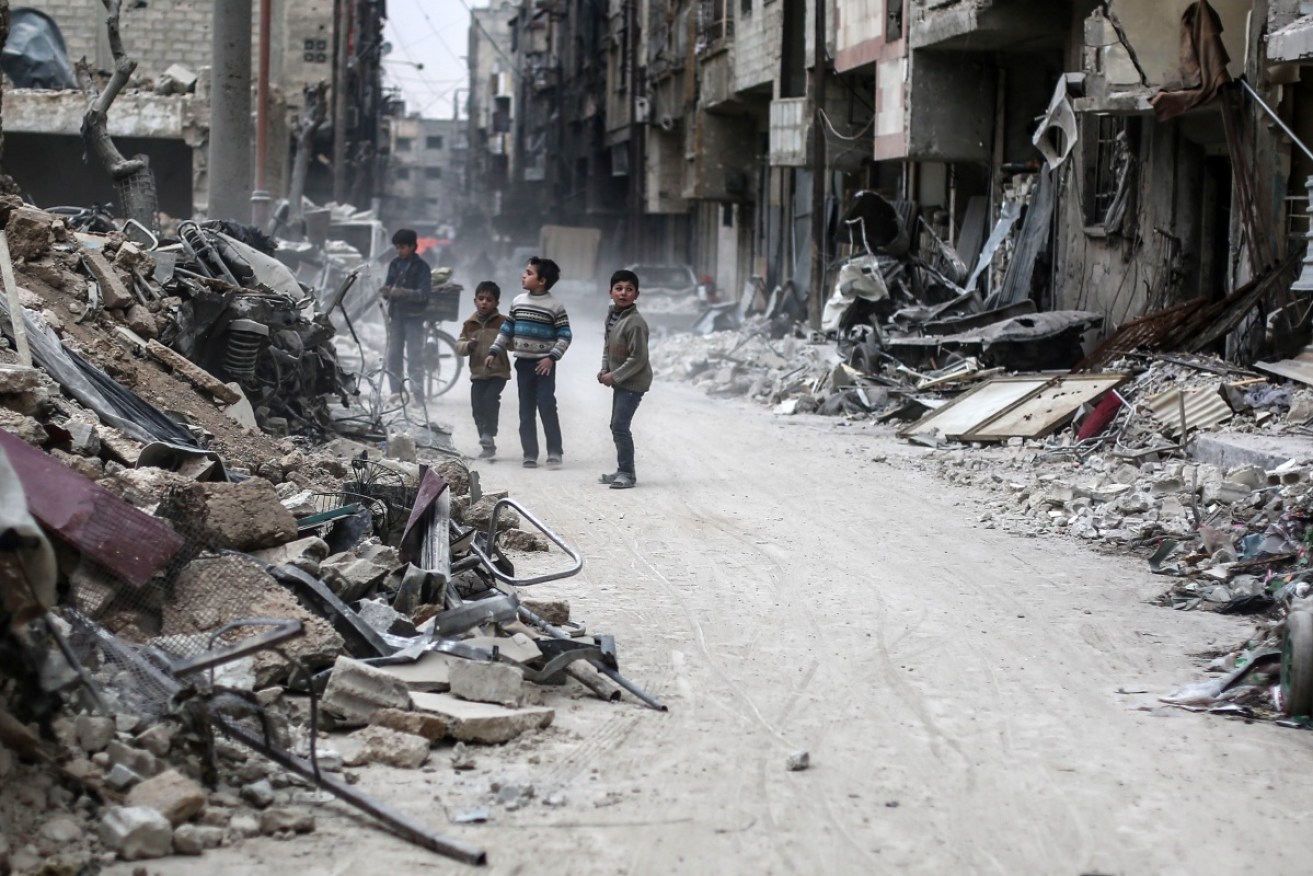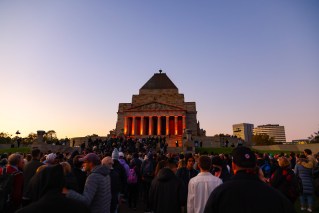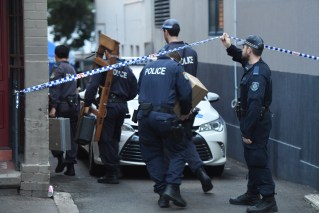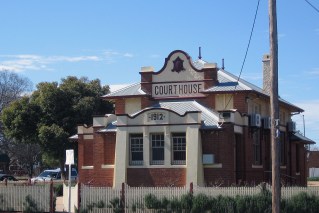Explained: who is fighting whom in Syria


Children stand between the rubble, rebel-held Douma, Syria. Photo: EPA
The Syrian civil war, now in its seventh year, is the deadliest and most complex disaster of the 21st Century – and a driver of growing political instability and division in Europe and the western world.
The already complex conflict became even more confusing on Friday (Australian time) when the US attacked President Bashar al-Assad’s Syrian government forces for the first time.
US President Donald Trump said the cruise missile attack on an airbase was retaliation for a chemical weapon attack that killed scores of Syrian civilians.
The numbers
Nearly half a million people have been killed according to the independent Syrian Center for Policy Research (470,000 as of February last year), with more than a million wounded and maimed.
A million people live under besieged conditions and are denied humanitarian aid.
Twelve million people have lost their homes. Of those, nearly five million are refugees, largely in Jordan, Lebanon and Turkey.
Many refugees have attempted to move on to Europe, causing much hand-wringing and a divisive hard-right political upswing.
More than 117,000 people have been detained or disappeared, largely at the hands of the Syrian government forces.
How it started
It’s a story that began with a flush of hope and youthful optimism during the pro-democracy Arab Spring that played out with mixed results across Islamic North Africa.

The US launched an airstrike at a Syrian airfield on Friday. Photo: US Navy
Syria was ripe for change in 2011. A long drought had brought poverty and social upheaval.
And the country had been under the thumb of the al-Assad family and the Ba’ath Party since 1971, when Hafez al-Assad became president.
In 1982, Hafez ordered a ruthless crackdown on the Muslim Brotherhood in the city of Hama. Between 10,000 and 40,000 people were killed.
It’s a measure of his control that actual numbers could never be verified.
When Hafez died in 2000, son Bashar succeeded him. Because he’d trained as a doctor, many assumed that Bashar was made of gentler stuff. They were wrong.
In March, 2011, a group of teenage boys were arrested and tortured for writing pro-democracy graffiti. Peaceful protests were broken up and hundreds of people jailed.
By July, public anger had turned to violence as hundreds of thousands of people took to the streets. Many began arming themselves.
The civil war began in earnest when a number of Syrian army officers defected and formed the Free Syria Army, with the goal of overthrowing the Assad government.
A monster of many heads
A number of Islamist brigades – such as the Northern Storm Brigade and Ahrar Souriya Brigade – adopted the Free Syria Army banner, but tended to fight under their own rules.
Meanwhile, a great number of independent rebel groups emerged.

US officials are yet to confirm whether the missile strikes reached their intended targets.
By 2012, the Syrian Liberation Islamic Front (SILF) was formed from 10 separate little armies, including Kurds in the north-east of the country.
Some of the groups in the SILF were religiously moderate, but others were jihadists. The most notorious of the jihadists was the Al-Nusra Front, an al Qaeda affiliate said to have committed many atrocities.
By 2013, seven Islamist groups formed the Islamic Front, with a total of 45,000 fighters.
The matters became really complicated when the Islamic State (IS) death cult, having gained control of much of Iraq, swept into the north of Syria, beginning a vicious war within a war.
In August, 2013, sarin gas was loosed on suburbs of Damascus killing hundreds.
Western observers insisted Assad was to blame. He in turn blamed rebels – as was the case with the latest use of chemical weapons this week.
So it’s a religious thing?
Religion is a deeply complicating factor. By far, the majority of rebel fighters – and Syrians – are Sunni Muslims. Assad and the Syrian elite are members of the Shia Alawite sect. So we’re dealing with a sectarian split of a type that also bedevils Iraq.
Shia-majority Iran has reportedly poured billions of dollars into supporting Assad.
Sunni-majority countries states such as Turkey and Saudi Arabia have put their money behind the rebels.
The cowboys come to the rescue
In 2014, the US led a coalition campaign that bombed IS targets.
In 2015, Russia declared its support for Assad and began bombing “terrorists’’ that were reportedly Western-backed rebels and civilians.
In July last year, jihadist group al-Nusra Front changed its name to Jabhat Fateh al-Sham and claimed it had cut ties with al-Qaeda.
It seeks to be part of the political peace process, but the US and others remain sceptical that the group has truly abandoned its terrorist ties.
Even so, it’s regarded as the “least worst’’ alternative to IS.
On Friday, the US targeted Syrian forces for the first time.
Sources: Human Rights Watch, the UN Office for the Coordination of Humanitarian Affairs








